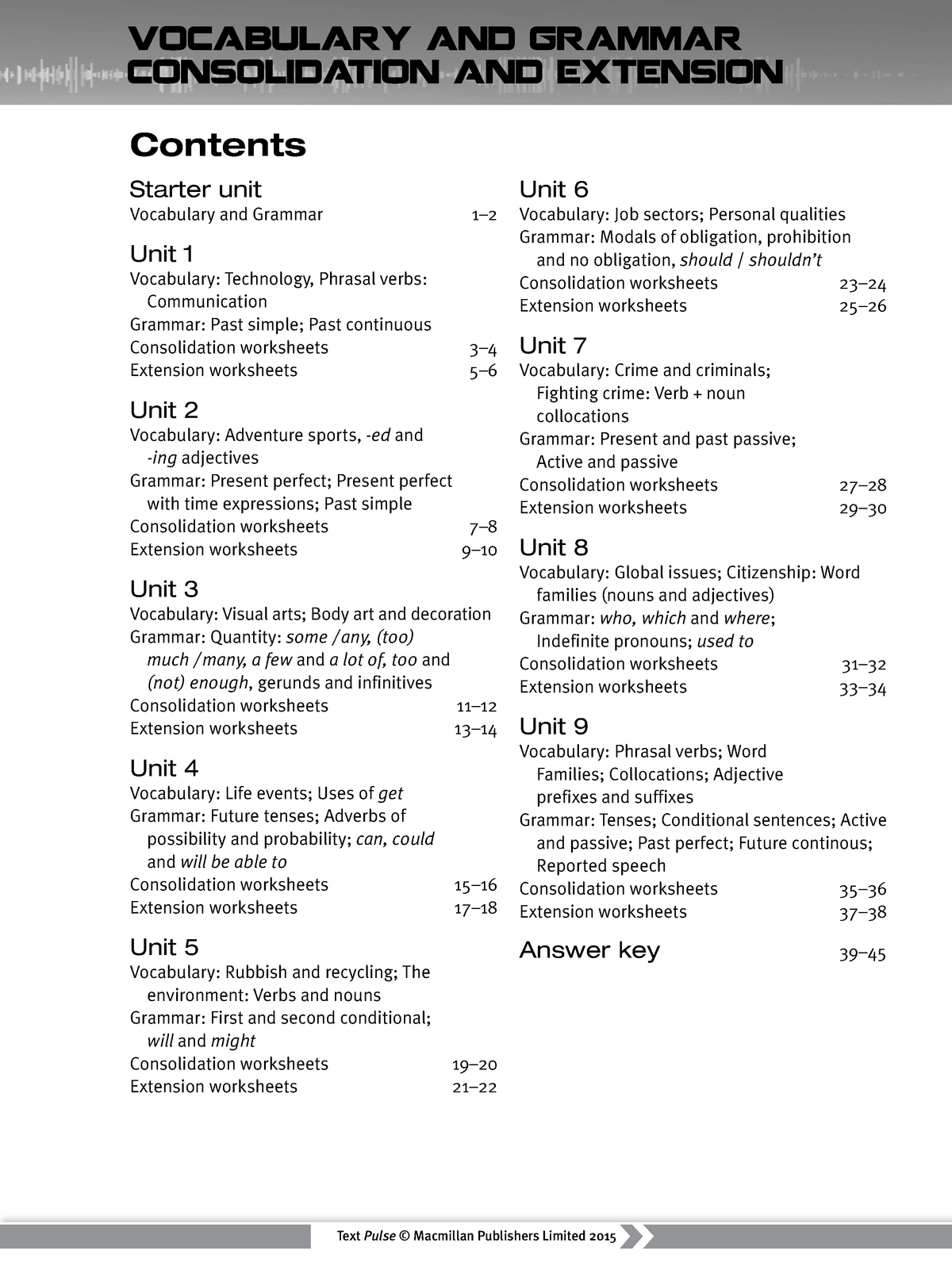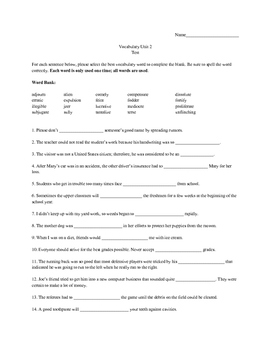

This is the modification of the Jacobi’s Iteration. Hence the solution of the above equation correct to two decimal places is Putting these values on the right of the equation ( i ), (ii) and (iii) and so we getĮxample3 Use Jacobi’s method to solve the system of the equations Given equation can be rewrite in the form Since the approximation in ninth and tenth iteration is same up to three decimal places, hence the solution of the given equations isĮxample2 Solve by Jacobi’s Method, the equations So, we express the unknown with large coefficient in terms of other coefficients. īy the successive iteration we will get the desired the result.Įxample1 Use Jacobi’s method to solve the system of equations: Take the initial approximation we get the values of the first approximation of. The coefficients of the diagonal elements are larger than the all other coefficients and are non- zero. Let us consider the system of simultaneous linear equation Now we just cross check our answer by putting values in given equation Now we are just cross check our answer by putting values of in equation Now we are just cross check our ans by putting values in given equations of question, The Cholesky decomposition of a Matrix A is a decomposition of the form

Hence the solution of the given equation is x=5, y=4, z=-7 and u=1.Įxample3 Apply Gauss Elimination Method to solve the following system of equation: (II) We eliminate y from (vi) and (vii) we getĪpply 3.8 eq ( vi)-3.1eq(v) and 3.8eq(vii)+5.5eq(v) we get (I) We eliminate x from (ii),(iii) and (iv) we getĪpply eq ( ii) + 6eq( i ), eq (iii) -3eq( i ), eq (iv)-5eq( i ) we get Hence the solution of the given equation isĮxample2 Solve the equation by Gauss Elimination Method:

Given Check Sum (sum of coefficient and constant)Īpply eq ( ii)- eq ( i ) and eq (iii)-3eq( i ) we get Repeating the above method for we get finally the upper triangular form.Įxample1 Apply Gauss Elimination method to solve the equations: To convert the above system into upper triangular matrix we eliminate from the second, third, fourth …., n equations above by multiplying the first equation by added them to the corresponding equations second, third, fourth ,…., n equation. At last with help of back substitution we calculate the values of the remaining unknowns.Ĭonsider a system of n linear equation in n unknown In this method we eliminate successively the unknown so that the equation (1) remain with the single unknown and reduce to upper triangular system. 2.1 Numerical solutions of system of linear equations: Gauss elimination method


 0 kommentar(er)
0 kommentar(er)
